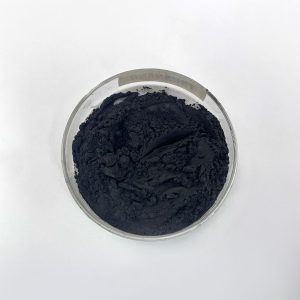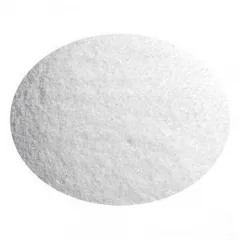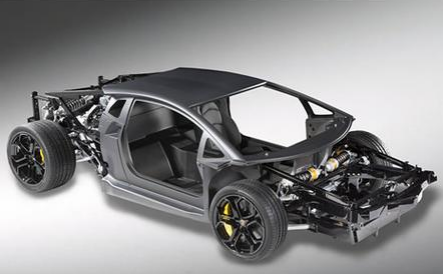1. Introduction
In the past 48 hours, aerospace giant Boeing announced a strategic partnership with a leading titanium powder supplier to scale up additive manufacturing of lightweight jet components using Ti6Al4V powder—a move expected to cut production costs by 20% and reduce lead times significantly. This development underscores the growing industrial reliance on high-performance metal powders, particularly titanium, for next-generation manufacturing.

Titanium powder—often referred to as ti powder—is far more than just a raw material; it’s a cornerstone of modern engineering, from medical implants to space exploration. But not all titanium powders are created equal. Understanding the differences between types like spherical titanium powder, HDH titanium powder, and gas atomized titanium powder is essential for engineers, procurement specialists, and innovators alike.
2. Types of Titanium Powder and Their Production Methods
Titanium metal powder comes in several forms, each tailored to specific applications. The two dominant production techniques are Hydride-Dehydride (HDH) and gas atomization.
HDH titanium powder is cost-effective and angular in shape, making it suitable for pressing and sintering but less ideal for 3D printing due to poor flowability. In contrast, gas atomized titanium powder produces highly spherical particles that flow smoothly—critical for consistent layer deposition in additive manufacturing.
For high-end applications like aerospace or biomedical devices, spherical titanium powder—especially Ti6Al4V powder (also known as ti64 powder)—is preferred. This titanium alloy powder offers an exceptional strength-to-weight ratio and biocompatibility.
Other specialized variants include titanium nitride powder and titanium carbide powder, used in coatings and cutting tools, and titanium diboride powder (TiB2 powder), valued for its extreme hardness and thermal stability. Meanwhile, tih2 powder (titanium hydride) serves as a precursor in some powder metallurgy processes.
3. Titanium Powder for 3D Printing: Performance and Pricing

Additive manufacturing has revolutionized how industries use titanium. Titanium powder for 3d printing must meet strict standards for particle size distribution, purity, and morphology. Spherical, gas-atomized ti6al4v powder dominates this segment.
The titanium powder for 3d printing price varies widely based on grade, certification, and volume. As of mid-2024, titanium 3d printing powder typically costs between $300 and $600 per kg. Pure titanium powder is slightly cheaper, while certified medical-grade Ti6Al4V powder can exceed $700/kg.
When comparing titanium powder price per kg across suppliers, international titanium powder vendors often offer competitive rates, but shipping, import duties, and quality assurance can affect total cost. Buyers should always verify certifications like ASTM F3049 for additive manufacturing powders.
4. Beyond Titanium: Molybdenum and Tungsten Powders in High-Performance Applications
While titanium powder excels in lightweight, corrosion-resistant applications, other refractory metal powders fill complementary roles. Molybdenum powder (moly powder) and tungsten powder are critical in high-temperature environments.
Molybdenum metal powder, including grades like TZM powder and molybdenum disulfide powder (MoS2 powder), is used in furnace components, lubricants, and electronics. MoS2 powder uses span from dry lubrication to battery electrodes, and its price remains relatively stable compared to volatile titanium markets.
Tungsten powder, known for its extreme density and melting point, is indispensable in radiation shielding, military penetrators, and wear-resistant coatings. Spherical tungsten powder and tungsten carbide powder are common in thermal spray and hardfacing applications. Global Tungsten & Powders Corporation remains a top-tier tungsten powder supplier, offering everything from pure tungsten powder to fused tungsten carbide powder.

Interestingly, some advanced composites blend titanium coated diamond powder with tungsten carbide dust for ultra-hard tooling—showcasing how these powders often work in tandem rather than in isolation.
5. Buying Considerations: Where to Buy and What to Watch For
If you’re looking to buy titanium powder, whether for research, prototyping, or full-scale production, choosing a reputable titanium powder supplier is crucial. Key factors include:
- Certification (e.g., ISO, ASTM)
- Particle size and shape consistency
- Oxygen and nitrogen content (lower = better for most AM uses)
- Traceability and batch documentation
Beware of misleading listings for ‘titanium flash powder’ or ‘burnt titanium powder coat’—these are unrelated to industrial metal powders and often refer to pyrotechnic or surface treatment materials. Similarly, tio2 powder (titanium dioxide) and tio2 nano powder are white pigments used in cosmetics and sunscreens, not structural metals.
For those comparing titanium powder cost against alternatives, note that while molybdenum powder price and tungsten powder price per kg may be lower, their densities and processing requirements differ significantly. Always evaluate total system cost—not just raw material price.
6. Conclusion
Titanium powder—especially in its spherical, gas-atomized form—is transforming industries through additive manufacturing. From Ti6Al4V powder in aerospace to pure titanium powder in medical devices, its versatility is unmatched among lightweight metals. However, understanding the nuances between types, production methods, and pricing is essential for optimal application. As demand grows, so does the need for reliable titanium powder suppliers who can deliver consistent quality at competitive titanium metal powder prices. Whether you’re exploring titanium powder for sale or evaluating alternatives like molybdenum or tungsten powders, informed decisions will drive innovation and efficiency.
Our Website founded on October 17, 2012, is a high-tech enterprise committed to the research and development, production, processing, sales and technical services of ceramic relative materials such as Titanium. Our products includes but not limited to Boron Carbide Ceramic Products, Boron Nitride Ceramic Products, Silicon Carbide Ceramic Products, Silicon Nitride Ceramic Products, Zirconium Dioxide Ceramic Products, etc. If you are interested, please feel free to contact us.
